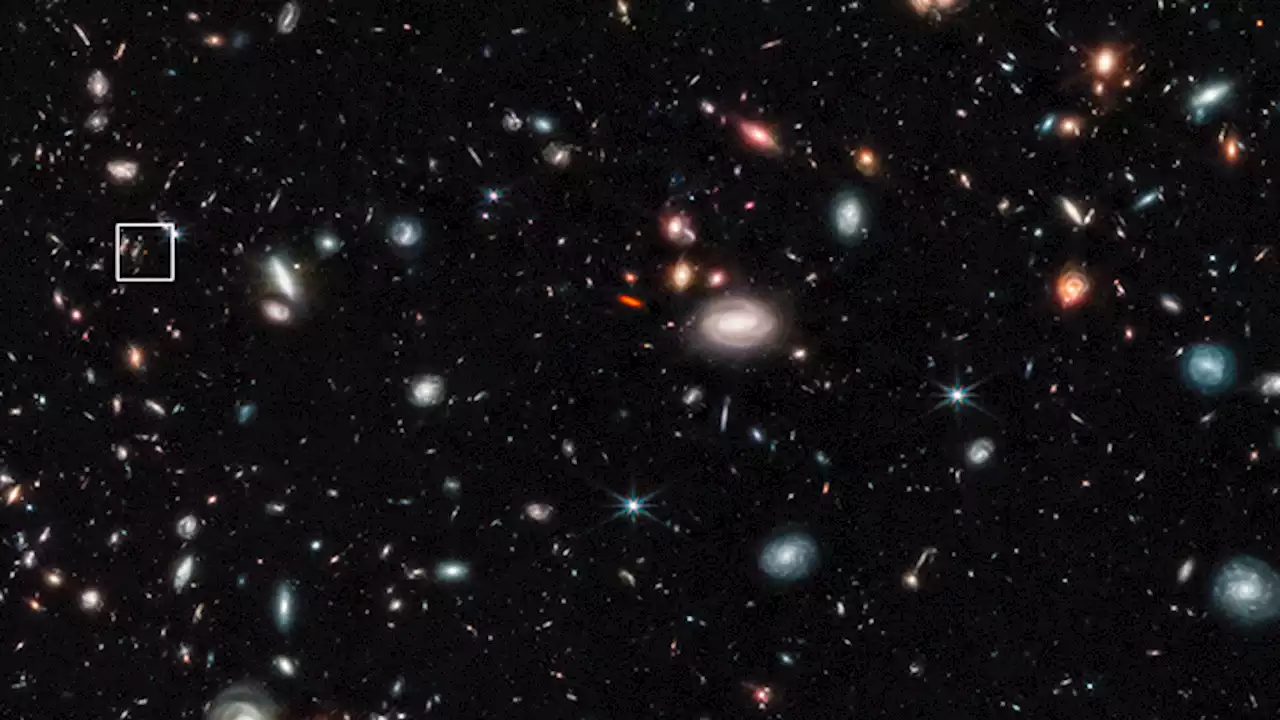Scientists have been thrilled and perplexed by the snapshots captured by the James Webb telescope thus far because it turns out the universe had luminous galaxies when it was very young.
The small red dot highlighted inside the white box on this James Webb Space Telescope image is an early galaxy, seen as it looked just 350 million years after the Big Bang.The small red dot highlighted inside the white box on this James Webb Space Telescope image is an early galaxy, seen as it looked just 350 million years after the Big Bang.New baby pictures of the universe, taken by the James Webb Space Telescope, show that galaxies started forming faster and earlier than expected.
The snapshots captured so far have both thrilled and perplexed scientists, because it turns out that many luminous galaxies existed when the universe was very young., an astronomer at the University of California at Los Angeles."JWST has opened up a new frontier, bringing us closer to understanding how it all began.
Since astronomers started using JWST, some have claimed to have spotted galaxies from even earlier times, like 250 million years after the Big Bang. But those are more tentative observations. The two newly-seen galaxies are both much smaller that our home galaxy, the Milky Way, and one appears to be unexpectedly elongated.
Canada Latest News, Canada Headlines
Similar News:You can also read news stories similar to this one that we have collected from other news sources.
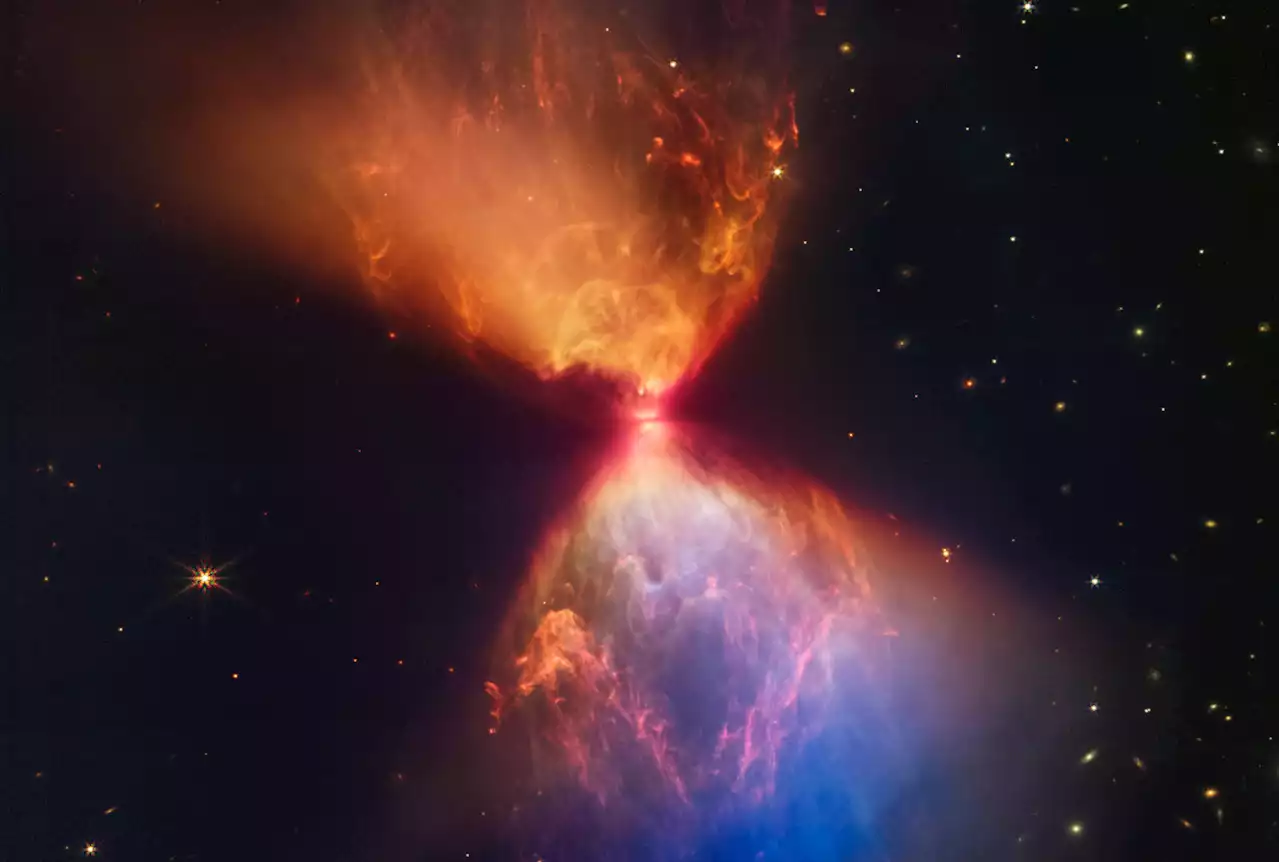 James Webb telescope captures the hidden features of a young protostar | EngadgetJames Webb telescope reveals the once-hidden features of a very young protostar within the dark cloud L1527..
James Webb telescope captures the hidden features of a young protostar | EngadgetJames Webb telescope reveals the once-hidden features of a very young protostar within the dark cloud L1527..
Read more »
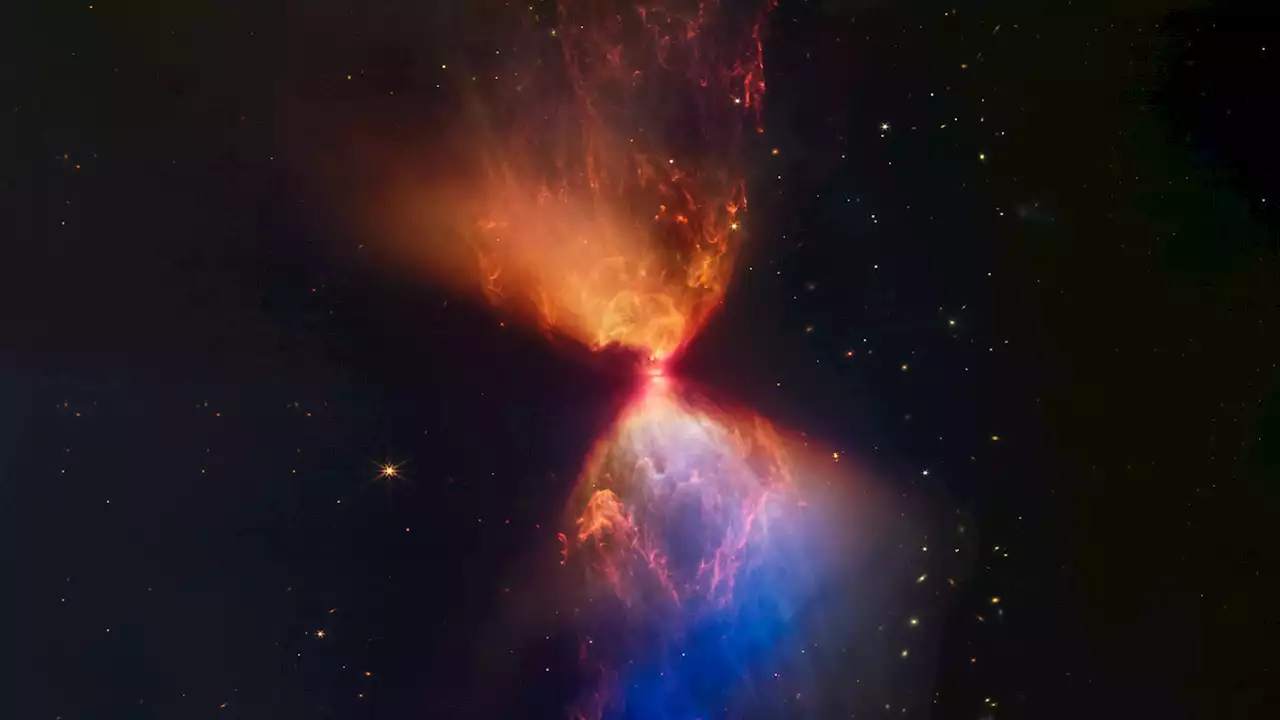 NASA's James Webb Telescope captures fiery hourglass as new star formsNASA's Webb telescope captured a star in their earliest stage of formation, in an 'hourglass' shape. It highlight's clouds colored in blue and orange.
NASA's James Webb Telescope captures fiery hourglass as new star formsNASA's Webb telescope captured a star in their earliest stage of formation, in an 'hourglass' shape. It highlight's clouds colored in blue and orange.
Read more »
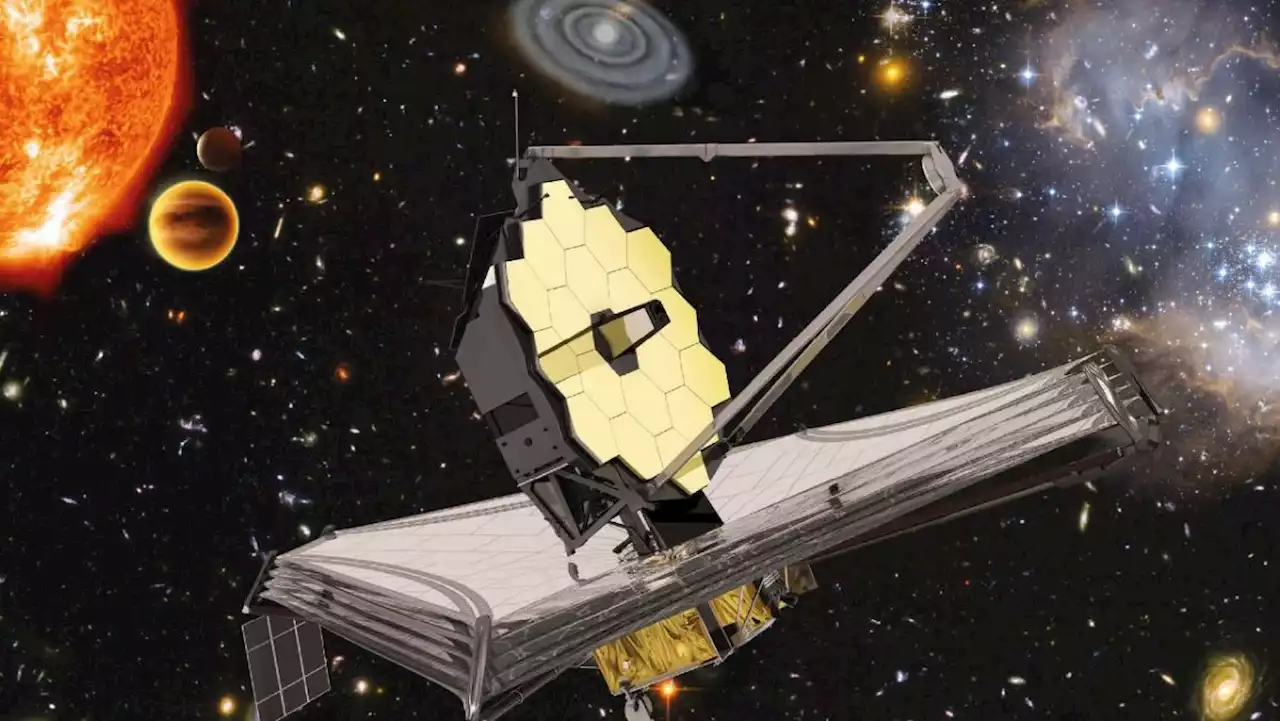 James Webb Space Telescope tweaks observing plans to avoid micrometeoroidsMeghan is a senior writer at Space.com and has more than five years' experience as a science journalist based in New York City. She joined Space.com in July 2018, with previous writing published in outlets including Newsweek and Audubon. Meghan earned an MA in science journalism from New York University and a BA in classics from Georgetown University, and in her free time she enjoys reading and visiting museums. Follow her on Twitter at meghanbartels.
James Webb Space Telescope tweaks observing plans to avoid micrometeoroidsMeghan is a senior writer at Space.com and has more than five years' experience as a science journalist based in New York City. She joined Space.com in July 2018, with previous writing published in outlets including Newsweek and Audubon. Meghan earned an MA in science journalism from New York University and a BA in classics from Georgetown University, and in her free time she enjoys reading and visiting museums. Follow her on Twitter at meghanbartels.
Read more »
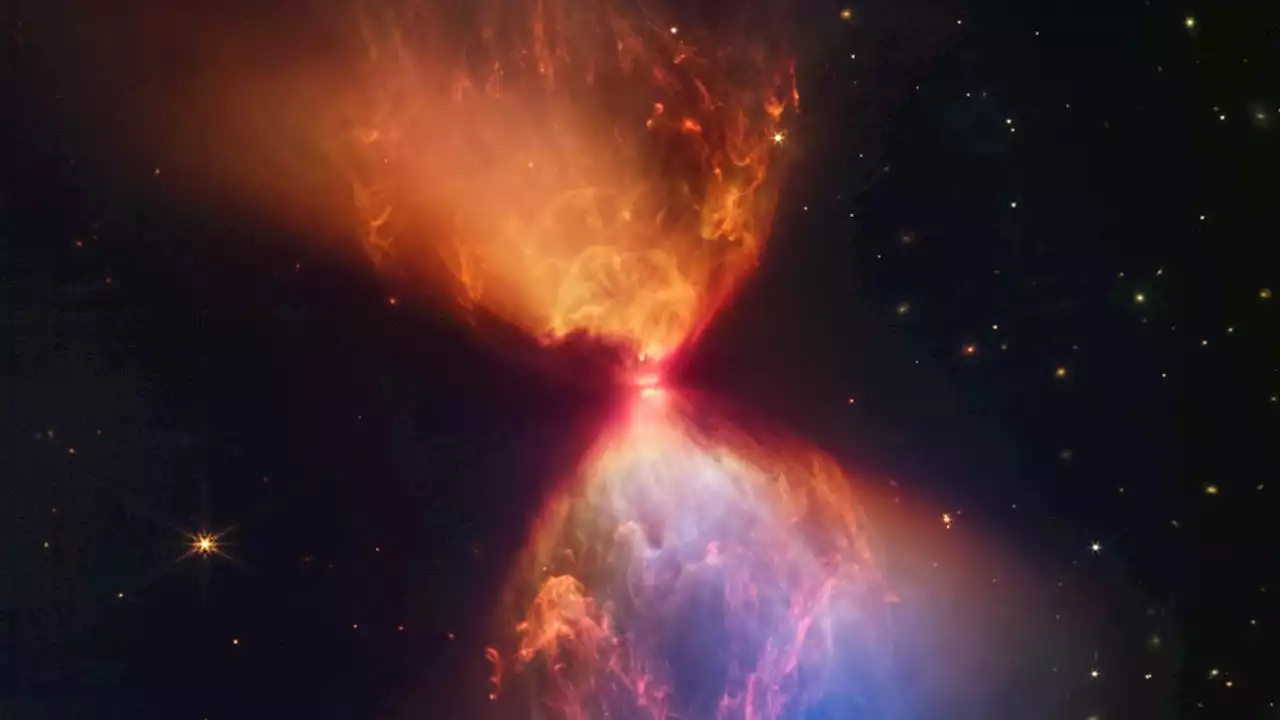 Fiery James Webb Space Telescope image shows the early days of star formationRobert Lea is a science journalist in the U.K. whose articles have been published in Physics World, New Scientist, Astronomy Magazine, All About Space, Newsweek and ZME Science. He also writes about science communication for Elsevier and the European Journal of Physics. Rob holds a bachelor of science degree in physics and astronomy from the U.K.’s Open University. Follow him on Twitter sciencef1rst.
Fiery James Webb Space Telescope image shows the early days of star formationRobert Lea is a science journalist in the U.K. whose articles have been published in Physics World, New Scientist, Astronomy Magazine, All About Space, Newsweek and ZME Science. He also writes about science communication for Elsevier and the European Journal of Physics. Rob holds a bachelor of science degree in physics and astronomy from the U.K.’s Open University. Follow him on Twitter sciencef1rst.
Read more »
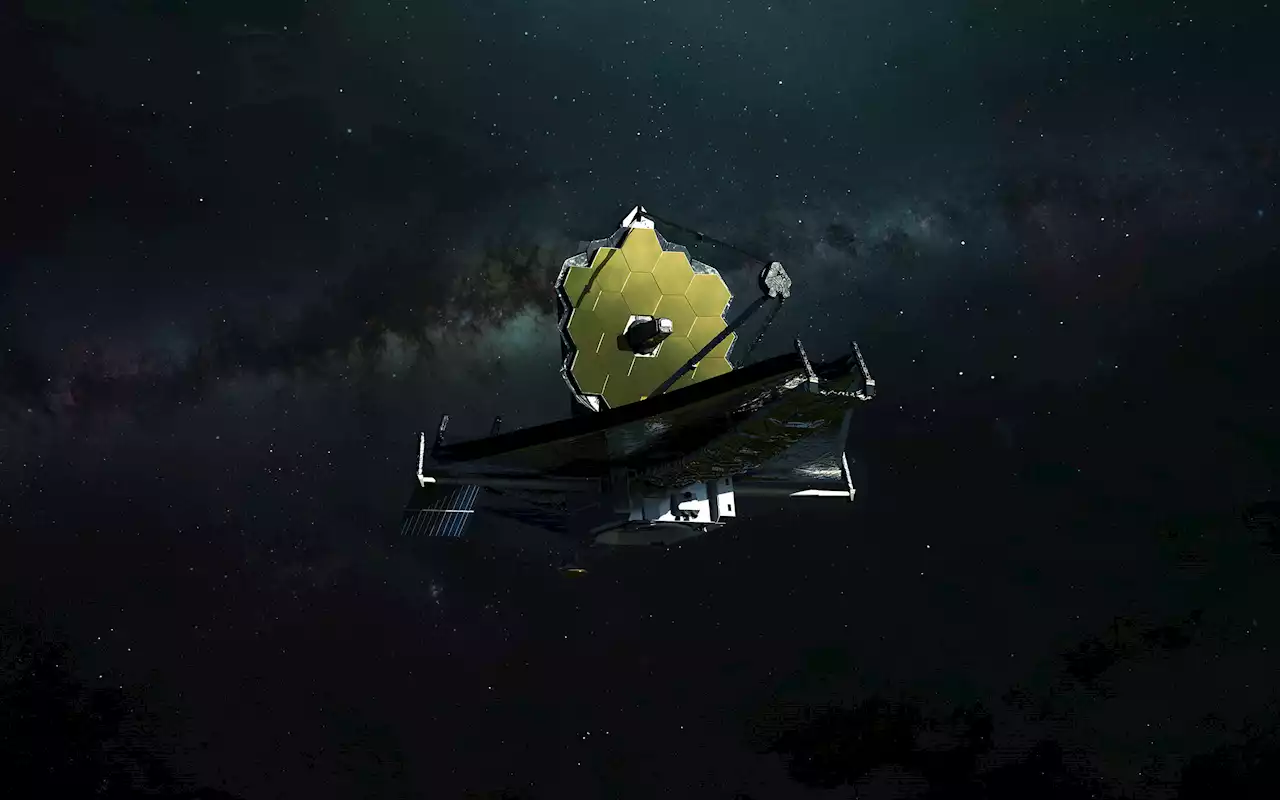 James Webb captures breathtaking fiery hourglass feeding a newly birthed starJames Webb has captured a breathtaking image of a fiery hourglass in space that surrounds a newly birthed star in the dark cloud L1527.
James Webb captures breathtaking fiery hourglass feeding a newly birthed starJames Webb has captured a breathtaking image of a fiery hourglass in space that surrounds a newly birthed star in the dark cloud L1527.
Read more »
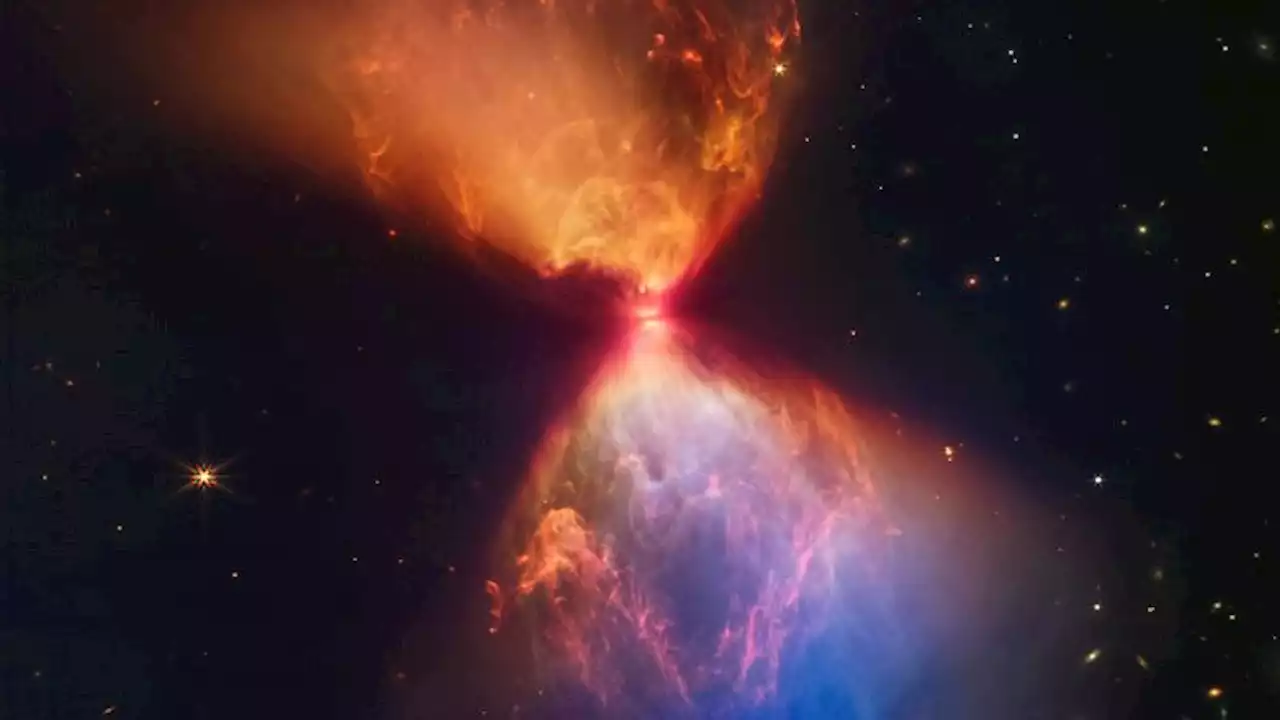 Cosmic hourglass captured by the James Webb Space Telescope reveals birth of a star | CNNThe cosmic chaos caused by a very young star has been captured in the latest enchanting image from NASA's James Webb Space Telescope.
Cosmic hourglass captured by the James Webb Space Telescope reveals birth of a star | CNNThe cosmic chaos caused by a very young star has been captured in the latest enchanting image from NASA's James Webb Space Telescope.
Read more »
